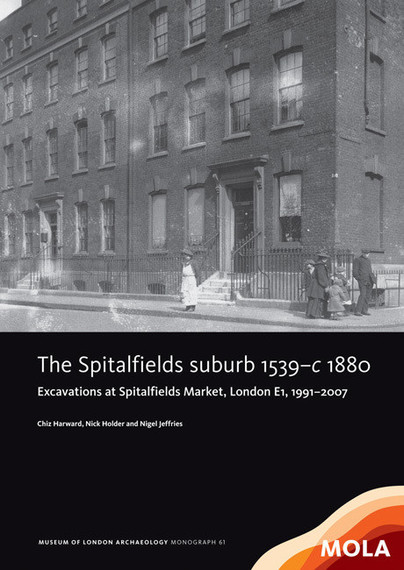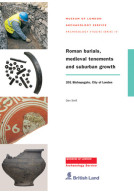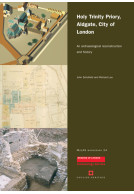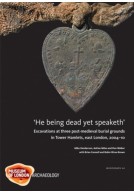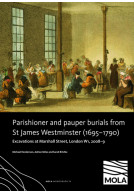The Spitalfields suburb 1539–c 1880 (Hardback)
Imprint: MOLA (Museum of London Archaeology)
Pages: 360
ISBN: 9781907586293
Published: 30th May 2015
Script Academic & Professional
Pages: 360
ISBN: 9781907586293
Published: 30th May 2015
Script Academic & Professional
You'll be £35.00 closer to your next £10.00 credit when you purchase The Spitalfields suburb 1539–c 1880. What's this?
+£4.99 UK Delivery or free UK delivery if order is over £40
(click here for international delivery rates)
Need a currency converter? Check XE.com for live rates
(click here for international delivery rates)
Need a currency converter? Check XE.com for live rates
One of London’s largest archaeological excavations took place at Spitalfields Market, on the north-eastern fringe of the historic city, between 1991 and 2007. This book presents an archaeological history from the 16th to the 19th centuries, reconnecting the archaeological assemblages with documentary evidence in order to describe the place, people and possessions of the early modern suburb of Spitalfields. Following the closure of the medieval priory of St Mary Spital in the 1530s and the construction of private mansions, the largely residential enclave grew into the suburb of Spitalfields in the 17th century as landowners built clusters of houses in the former fields and developer-builders constructed some of London’s first terraced houses in the 1680s over the former military training ground. Development continued piecemeal in all areas over the next centuries. Analysis of the artefacts – pottery, glasswares, clay tobacco pipes and other domestic items – and of the botanical and faunal remains discarded in the privies of these houses throws new light on the household economies and leisure activities of, in particular, the Georgian and Victorian residents, a number of whom were involved in the silk industry and who included Huguenot and Jewish families. A series of essays bring an archaeological perspective to wider historical themes such as the religious life, architecture, sanitation and administration of this flourishing post-medieval suburb.
Other titles in MOLA (Museum of London Archaeology)...







